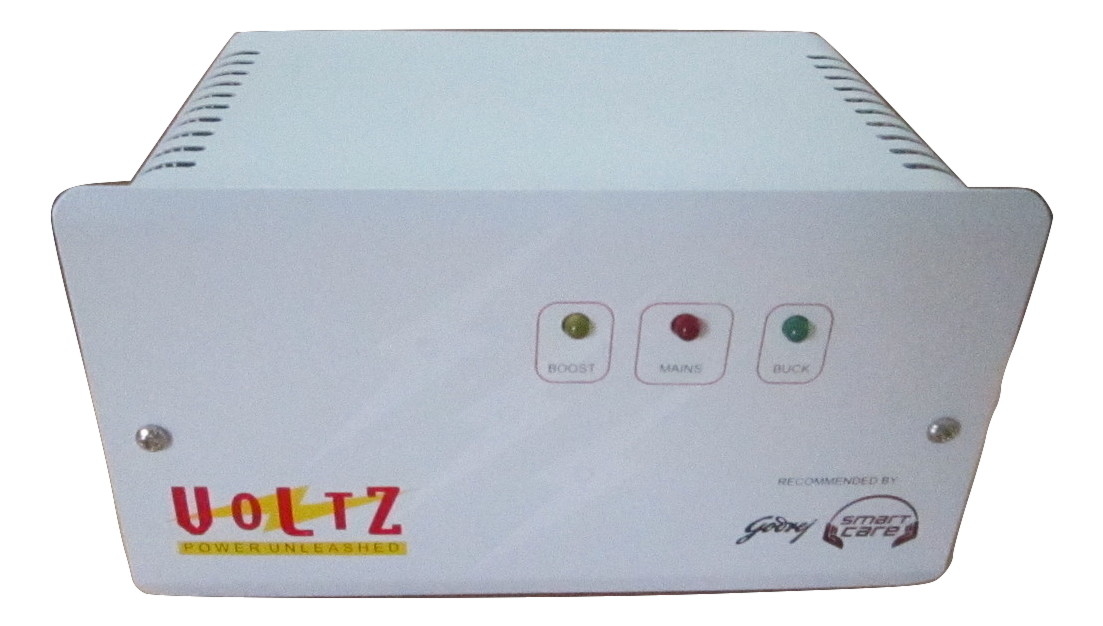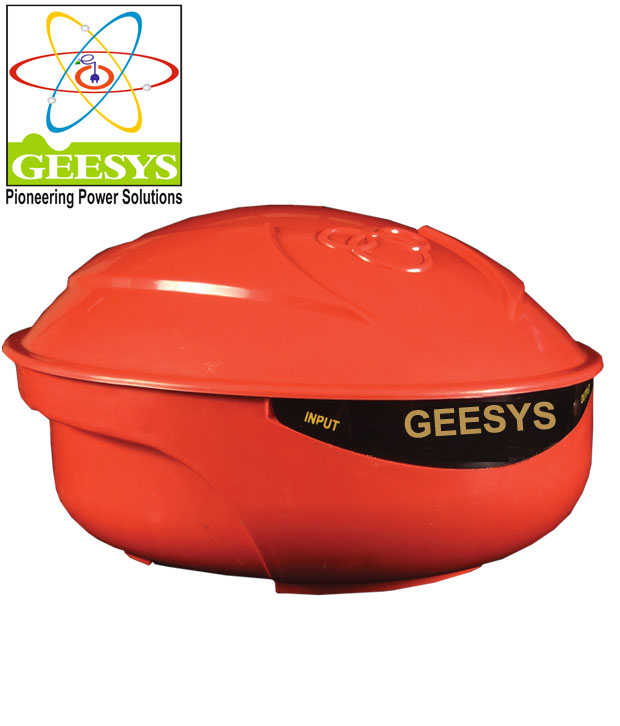
Automatic stabilizers are parts of the federal budget- either spending increases or tax cuts-that boost aggregate demand when private spending falls even with no change in legislation. However, weaknesses in the UI system have limited its effectiveness as an automatic stabilizer relative to its potential. Signed into law as part of the Social Security Act in 1935 during the Great Depression, the system has historically been one the first lines of response to a downturn, providing immediate financial relief to households whose spending helps stabilize the economy by boosting economywide consumer spending. The unemployment insurance (UI) system provides critical support during economic downturns, with cash benefits bolstering both the incomes of working people who have lost jobs as well as a flagging macroeconomy (Bivens et al. For example, program parameters could be strengthened to ensure that a larger share of unemployed workers are eligible for benefits, that benefits last long enough to bridge a jobless spell, and that benefits replace a high-enough share of previous earnings to minimize hardship. What we can do about it: Make UI a more powerful macroeconomic stabilizer by enacting reforms along three key dimensions or margins: eligibility, duration, and benefit levels. If these expansions were set on autopilot, then future recessions would be shorter and less painful, and recoveries would come more quickly. As the pandemic UI programs showed, more forceful UI interventions are possible during recessions. The less that American families have to rely on ad hoc relief offered only when there is political comity, the better it is for their economic security.
#Automatic stabilizers refer to full
Consider for example the UI expansions enacted during the Great Recession that were turned off in 2014- well before a full recovery had taken hold.

Even then, the discretionary programs end earlier than they should. Why it matters: Weak automatic stabilizers mean that recessions last longer and inflict more damage than they need to-unless Congress and the president act nimbly and in concert to pass discretionary relief. With these expansions, UI benefits as a share of wage and salary income provided an economic boost roughly four times as great during the pandemic as during any previous recession.

The UI system’s fuller potential was highlighted by the extraordinarily large but temporary UI expansions enacted by Congress during the COVID-19 pandemic, which made more workers eligible for benefits, raised benefit levels, and lengthened the duration of benefits. While UI, like other automatic stabilizers, is designed to automatically spur aggregate demand when private spending falls (in UI’s case by temporarily replacing some lost wages of jobless workers), the boost is weaker than it could be. unemployment insurance (UI) system has historically underperformed as a macroeconomic stabilizer.


 0 kommentar(er)
0 kommentar(er)
